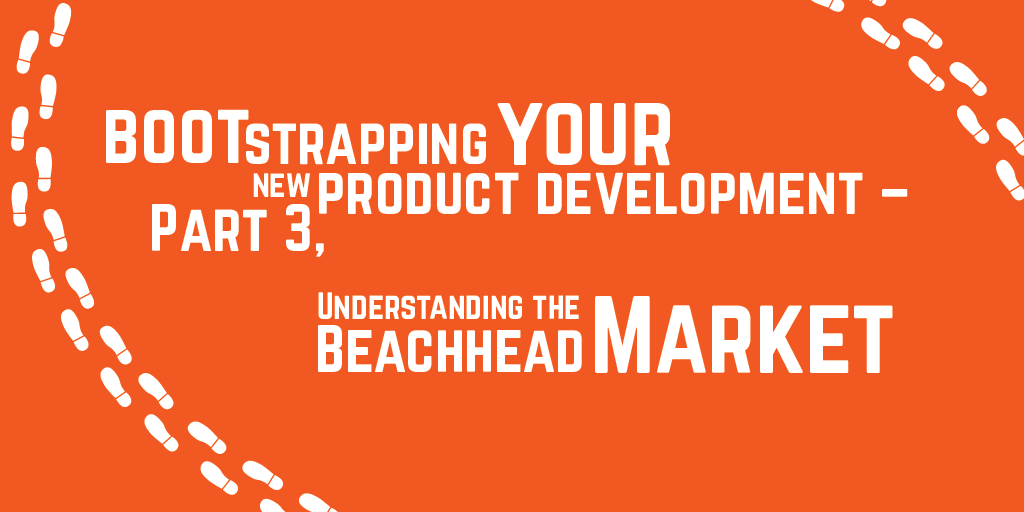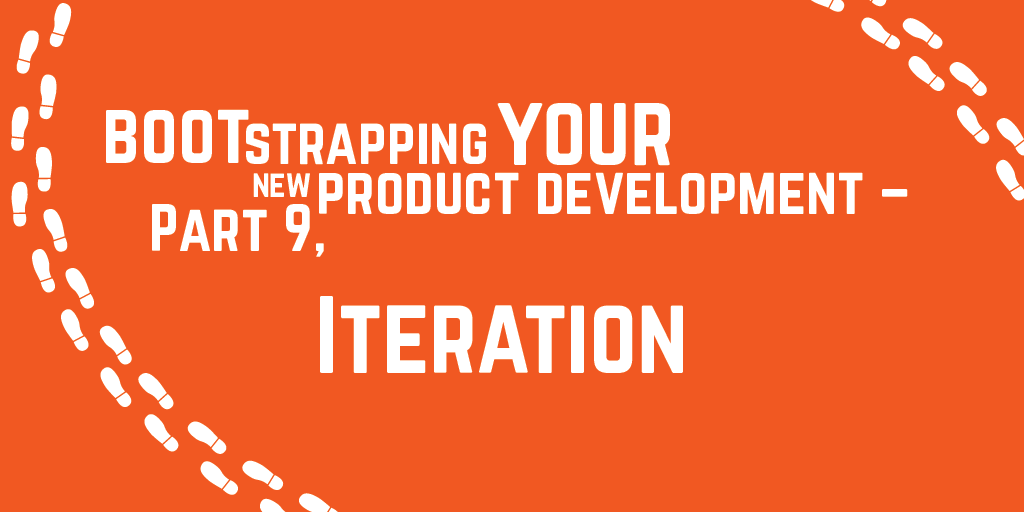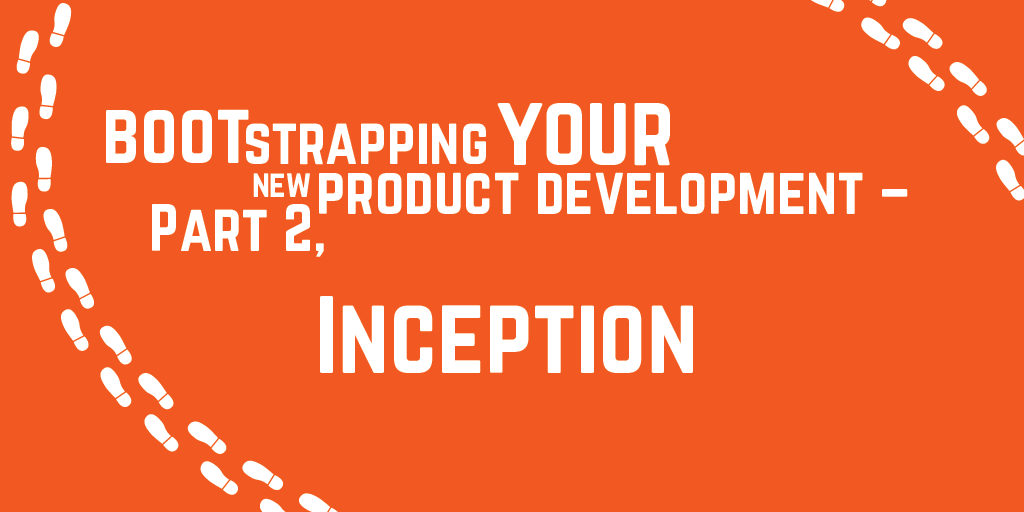Step-by-step guide to bootstrapping your new product development – Part 6, Follow on markets
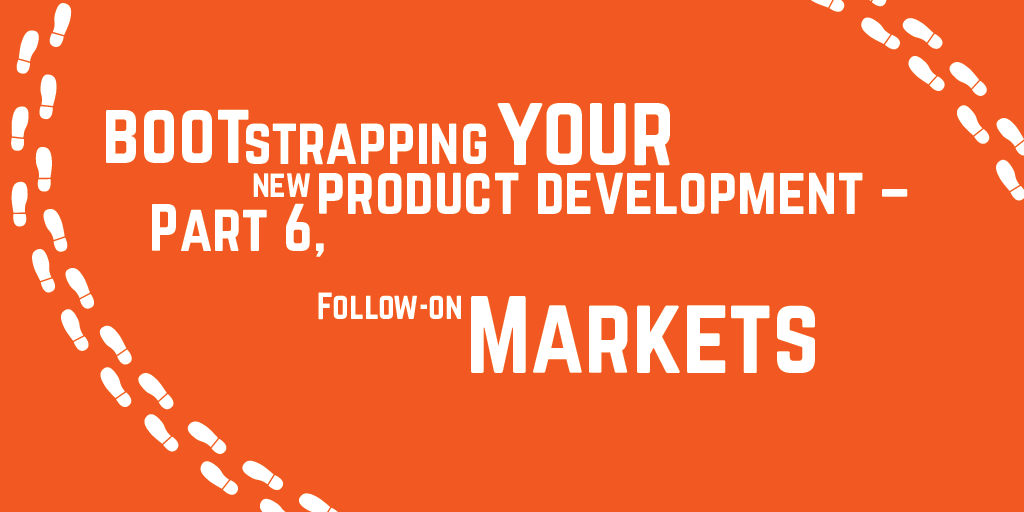
Part 6: Follow-on markets
In the previous part, we looked at the customer sales cycle in a bit more detail. Before we go on to work out our business model and pricing, we're going to step back a bit and brainstorm our follow-on markets.

20) Calculate the TAM for follow-on markets (0.5 - 1 day)
Although you do not want to lose focus on the beachhead market, it is always good to consider the TAM for follow-on markets.
A follow-on market does not just represent your potential upside once your beachhead is well exploited. It also guides you to potential pivots if a "black swan" (a hard to predict, high impact event such as an unexpected regulatory change, competitor, or technological breakthrough) means you have to abandon your beachhead.
In the event that we need to pivot (and we probably will), we want our product development roadmap and our understanding of potential follow-on markets to be so balanced that we are able to do so without the company running around like a wet hen from one possibility to another. We also don't want to miss huge upside opportunities because we weren't looking in the right direction at the right time.
To do this, we're going to look at the set of potential customer personae we brainstormed in the inception process, and create a "bowling pins" model for follow-on markets.
The bowling pins model
An example of a bowling pins model for a car manufacturer is shown below.
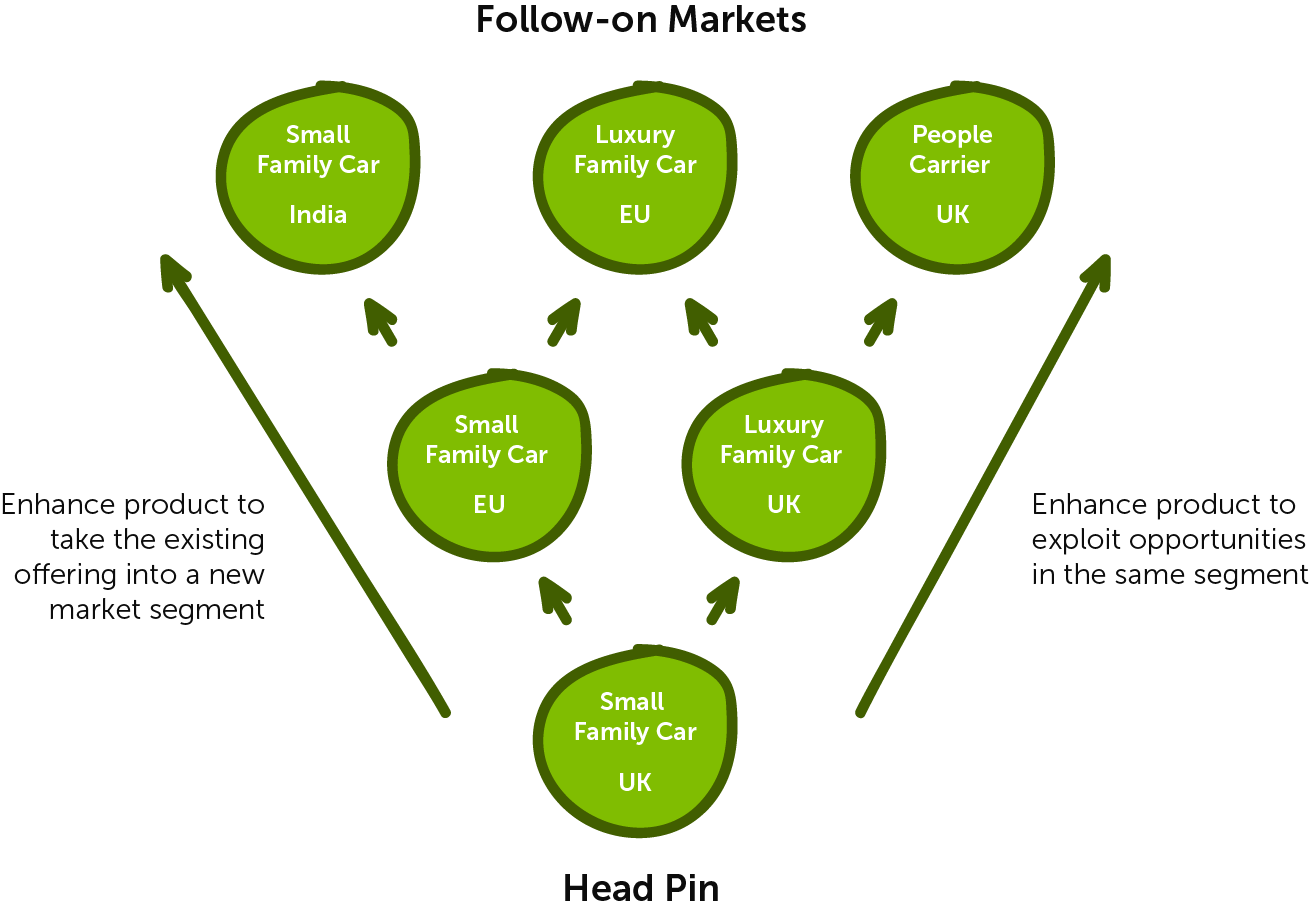
The 'head pin' is your beachhead market.
Starting from this point, we map out our potential follow-on markets (from the set we brainstormed), beginning with those markets which are most closely related to the beachhead. In each case, we identify what the pivot is from the antecedent market - in terms of product features, geography, sector, or partners (for example).
We then use the same methodology (top-down and bottom-up) that we used to calculate the TAM of our beach-head market - we don't need to do more than a bit of desk research, because we are only sketching it out at this stage.
It is not worth going more than three-pins deep on your follow-on-market analysis. However, you may want to produce several different diagrams representing different potential pivots or directions for the business. You can score the diagrams by potential market size, and/or ease with which the business could make the implied pivots.
No go metrics
It is quite unlikely that you will hit a no-go metric when looking at the follow-on markets, unless your high-risk strategy is to break-even (or even lose money) in your beachhead market, and make significant profit and revenue growth in your follow-on markets.
However, you may want to set targets for the size of the follow-on markets to ensure that there is somewhere to pivot when the beachhead market opportunity is over.
Taking stock
Let's consider where we are at this stage.
- We've worked out what kind of business we want to be, including the risk profile we're prepared to accept and our core.
- We've identified and engaged with a beachhead market, and, by engaging with them, understood their needs, drivers, and budgets.
- Building from our core, we've evolved a broad value proposition which (all things being equal) is demonstrated to be of interest to that core market.
- We've engaged further, and understood how that market makes buying decisions, and how our competition positions itself relative to our proposition
- We've built up (and whittled away at) a backlog of assumptions, guesses and risks inherent in the sketchiness of the work we've done
We've achieved all of that without the expense of building a real product, but by using simple experiments which test a notion, and allow us to throw away the ideas we brainstormed that don't match up to the harsh reality of the market. We've also not spent much time or resource in doing it.
This notion of devising experiments, setting metrics for success, iterating, and pivoting our proposition starts to become more and more important as we get deeper into the product development process, not least because we are starting to spend more, and engage with a larger and larger audience.
In the next part we're going to look at developing our business model, with a focus on Revenue Models and Pricing.

